Macedonia
Macedonia is a small, landlocked country in the Balkan Peninsula in southeastern Europe. It is surrounded by - Serbia and Kosovo to the north, Bulgaria to the east, Greece to the south, and Albania to the west. Macedonia has a population of about 2 million, with 0.5 million in diaspora. Macedonia (and the region) is an old state - the history and culture begin some 6,000 years before the new era. The earliest traces of human activity date from the Stone Age. With the creation of the first settlements along the river Bregalnica and Ovce Pole, then along the river Vardar and Pelagonija. Throughout the millennia, Macedonia has marked a significant and rich civilization and cultural development. Macedonia is one of the older European and world civilizations within the Roman, Byzantine and Ottoman Empires.
A few notable people from Macedonia: Gonja Bojaxhiu, also known as the Saint Mother Theresa, comes from Macedonia. She was born in Skopje in 1910 to a multiracial couple. And of course, Alexander the Great, the once-king of the Kingdom of Macedonia was the world’s first conqueror, who extended an empire across Greece and Persia to India and Egypt. Fast toward to the 1990s - Macedonia has a multiethnic and multicultural society with different religions. The official language is Macedonian. The flag of Macedonia is red with a golden-yellow sun with eight arms crossing along a diagonal, horizontal and vertical, and the currency is Denar (1 Euro - 61,5 Denar; Euros are widely accepted). In 1993, Macedonia became a member of the United Nations and more recently, a member of NATO.
Macedonia is known for its physical features, especially for the many mountain peaks and lakes across the country. Some of the most famous bodies of water in Macedonia are the Vardar River, Lake Ohrid, Lake Prespa, Lake Dojran and Lake Kozjak. There are more than 50 lakes and 34 mountains higher than 2,000 meters (6,500 ft). Some of the more popular ones are Mount Korab (2,764 m), Šar Mountains (2,747 m), Baba (2,601 m) and Galičica (2,288 m). Macedonia has the fifth highest average elevation of any country in Europe (741m), behind Andorra (highest), Switzerland, Austria and Turkey. If you are not used to high altitudes, be sure to stay hydrated and snack on some greens and chocolate before hiking.
The Telegraph described Macedonian cuisine as “inspired by Mediterranean, Turkish, and to a lesser extent, Italian and Eastern European”. Tavče gravče, is a multi-beaned stew, seen as the national dish, while mastika (and rakija), a liqueur seasoned with mastic, otherwise known as “Arabic gum” is the national drink. Dishes like ajvar, which is a slow-roasted red pepper dip, is stirred and simmered for eight hours is seen as a common snack staple. Furthermore, Goran Mickoski (a local chef) states while the world is still intensely seeking to bring back organic food in gastronomy, the rural areas of Macedonia and the households here have been doing this for decades. This ‘old school’ concept gives our agricultural products the full flavor. It makes every vegetable and fruit juicier, the meat fresher and more tender. We like to say that, some of our dishes may not be pretty—but they’re tasty and healthy.
Speaking of all the amazing things Macedonia has to offer, there are also a few taboos that we should cover. Given that many you of are coming to Macedonia for our weeding, it’s common to welcome the guests with gifts. Try not to reject any gifts, it’s considered rude. Macedonians take pride in how they host parties and guests. It is polite to offer refreshments at least 3 times; therefore, do not get annoyed with your host if they repeatedly offer you food and drinks; it’s a sign of respect and hospitality, wanting to ensure that their guests are well taken care of. With that in mind, if they think you have had too much to drink, they will keep offering you drinks because it's polite. You should reject any food or dink offerings at least twice to let your host know you are well taken care of.
Cultures also have their own values. Values are socially shared ideas about what is good, right, and/or desirable. The biggest value of Macedonia is our language and history. In the history of Macedonia, there were many times where people would try to take our language away. Macedonians are very prideful, and they express their pride through their language and love to share little-bits of history through casual conversations. Another Macedonian value is the country name. There is still a lot of controversy around the name. The people of Macedonia have endured a lot embarrassment due to the fact we had to change our county name twice, in two decades, to settle disputes with our neighboring counties. Therefore, please call us Macedonias, and the country Macedonia 🇲🇰
Please note that all foreign citizens must register with local police within 48 hours of arrival. Hotels automatically register their guests. In conclusion, please note the following tips: It is not necessary to tip; Macedonians have a relaxed view of time; Lunch is the main meal of the day in Macedonia (eaten at around 2 p.m.); Do not call Macedonian people Greek; Macedonians have a direct communication style; We greet by shaking hands and if you you are family or close friend, we kiss on the cheeks.
Language Tips
Macedonian language belongs to the eastern group of the South Slavic branch of Slavic languages in the Indo-European language family. We use the Cyrillic alpabeth but translation in Latin is very similar. Most speakers can be found in the country and the diaspora, with a smaller number of speakers throughout the transnational region of Macedonia. Please download the PDF guide for lessons [an audio version is available here].
(keep scrolling)
St. Joakim Osogovski Monastery, Kriva Palanka
Kriva palanka
We would like to start this informative page about Macedonia with Kriva Palanka, my hometown located in the Northeast Osogovo Region. Kriva Palanka is a small city with a little less than 20,000 inhabitants. The name of the town derives from the curved riverbed of the river Kriva. The city is fairly mountains, so it can get chilly, especially in the evenings. The warmest month is July (so we decided for June) with an average temperature of 25.0 C; and the coldest month is January with an average temperature of -0.5 C. Compared to the surrounding region, Kriva Palanka area gets significant rainfall, so … bring an umbrella! This is due to the high altitude setting, which stimulates orographic precipitation of moisture carried by the western and southern winds.
Kriva Palanka is a small mountain town near the borders of Serbia and Bulgaria. This town is rich with Macedonian culture and interesting traditions. The town has a village feel with stunning mountain views. It is located near the famous Saint Joakim Osogovski Monastery, which is a pearl among the Balkan monasteries. The Monastery is an absolute must-visit! You can easily get around the town since there is only one main road that leads to all attractions. Taxi is safe and it should not cost you more than $5-$7 to get around the major destinations (Joakim Osogovski Monastery - City Center).
From the Monastery of St. Joakim Osogovski, it is about 9 km to a Lake Kalin Kamen, a small lake in the mountains. Kalin Kamen has an elevation of 1534 meters. To get there, take the asphalt road uphill from the monastery. Many people hike to the lake when the asphalt ends, here’s a map of the terrain. Another worthy visit is Kokino Observatory. Kokino is 4th on the list of oldest megalithic observatories in the whole world according to NASA and UNESCO.
If you need accommodations of where you could stay in Kriva Palanka, please read my recommendations here.
Our Kriva Palanka City Guide!
E - GUIDE
To view directions of main attractions in Kriva Palanka, click on the link below; additionally you can visit Radibush Ranch, Kalin Kamen or Kokino Observatory.
PDF GUIDE
Welcome to Kriva Palanka family & friends! We are happy to have you here and we hope you enjoy your stay. Here you can find a PDF guide of Kriva Palanka:
LEARN MORE
To learn more about Kriva Palanka, please visit the local gov webpage. If you are looking to scout more attractions or food options, click here.
Skopje
Skopje [pronunciation: Skop-yee] is the capital and largest city in Macedonia. Skopje is known as the country's political, cultural, economic, and academic center. The territory of Skopje has been inhabited since at least 4000 BC; remains of Neolithic settlements have been found within the old Kale Fortress that overlooks the modern city center. Skopje, which is pronounced “Skop-ye” stands on the banks of the Vardar River amid the mountainous countryside. Skopje is a city in the central part of the Balkan Peninsula. It communicates easily with the Mediterranean region to the south and the area of Central and Northern Europe to the north. Through the Kacanicka Ravine it connects with the Adriatic Sea. To the east, through Kumanovo and Kriva Palanka it connects with the Republic of Bulgaria, to the west it connects with Polog, Kicevo valley, the Ohrid-Prespa region and Albania. Getting around in Macedonia (in general) and Skopje is fairly easy, a rental car is the ideal option and they are available upon arrival at Skopje International Airport (please note: if you are not accustomed to driving a manual car, Macedonia is probably not the place to practice :). Please click here for more information on alternative ways to get around Macedonia. If you only need a taxi from the airport to Skopje, there is a fixed rate of 2,500 den. Skopje has many wonderful restaurants worth a visit, our PDF guide lists a few but if you need a quick overview, please access Restorani.com.mk or preview this link with our recommendations.
Skopje, like Kriva Palanka has many Medieval monasteries in the vicinity, which include that of Nerezi (1164), with 12th-century frescoes. Other notable buildings are the medieval Turkish inn, the Kuršumli Han, Mother Theresa House and Macedonian Village (Makedonsko Selo). In addition to these places, other visit-worthy places are the following: Old Bazaar (Stara Carsija) and The Vardar and the Stone Bridge (Vardar, Kamen Most), which are seen as the symbols of the city; Mother Theresa Museum; The Matka Canyon on the western edge of the City of Skopje (explore the caves at Matka Canyon); Mount Vodno (cable cars are available); Museum of the Macedonian Struggle (Muzej na Makedonskata Borba); National Archeological Museum (Nacionalen Arhieloski Musej); Kale Fortress (Samoilova Tvrdina); Cathedral Stain Clement of Ohrid (St. Kliment Ohridski); The 15th-century Mustafa Pasha Mosque; and many vineyards scattered around the region (Kavadarci is the most popular vineyard city in Macedonia). A popular destination to explore after Skopje is Ohrid. However, on the way to Ohrid, if you have the time you should take the more scenic route, stopping by Lake Kozjak, (hike to the top of the peak for stunning views), then the City of Krushevo (1903 monument is a worthy visit), passing though the City of Bitola and at last, Ohrid. To access these directions, please click here.
Our Skopje City Guide!
E - GUIDE
Here you can get directions to main attractions in Skopje; additionally, you can explore the following destinations. If you are staying longer, be sure to visit Mavrovo or Lake Kozjak.
PDF GUIDE
Welcome to Skopje family & friends! We are happy to have you here and we hope you enjoy your stay. Here you can find a PDF guide of Skopje:
LEARN MORE
To learn more about Skopje, please visit the local gov page or this feature on Macedonia Timeless. If you are looking to scout more attractions or food options, click here.
ohrid
Ohrid [pronunciation: Ohh-rid] is a city in the southwestern part of Macedonia, on the northeast coast of Ohrid Lake, Europe’s oldest lake. Ohrid and Lake Ohrid are one of the main tourist destinations in Macedonia. The wooded ridge above the lake’s eastern shore is largely taken up by the National Park of Galichica, an unspoiled wilderness ideally suitable for nature enthusiasts. The uniqueness of Lake Ohrid and the city’s historical architecture has been attested by UNESCO, honoring it with an official designation as one of the few places on the cultural institution’s list “World Inheritance”.
Ohrid is the sublime lakeside point that for many represents the culmination of the Macedonian experience, a kingdom of light and water, a repository of ancient ruins from Macedonia’s earlier kingdoms. Ohrid’s major attractions are all located within a remarkably concentrated and eminently walkable area, among and above the narrow streets of the Old Town lined with restaurants and cafés perfectly suited for relaxing in the cool summer evenings.
Ohrid is one of our most favorite cities we have ever visited and we have many recommendations for you. The most note-worthy places to visit are the following: Monastery St. Naum Ohridski in Ohrid (take a boat ride around Crn Drim Springs; it costs about $15 but it’s all breathtaking); The Bay of Bones (entry ticket is $2 and it’s perfectly positioned on the way to St. Naum); National Park „Galichitsa“, which has a beautiful view of Lake Ohrid, and if you keep moving east, of Lake Prespa; St. John at Kaneo (take a boat ride from the city center early in the morning; it costs about $10 and enjoy the view); Ancient Theatre (walk back to city center from St. John at Kaneo, explore the ancient streets and the ancient theatre, which are on the way); St. Sophia (as you make your way back to the city center, you will pass by St. Sophia, a worthy stop for sure). We would recommend that you grab lunch or dinner in one of the lakeside restaurants (ask for water view or “pogled na ezeroto”). The most beautiful sunset is at St. Naum. All destinations can be explored in a single day if you start with St. John at Kaneo and end at St. Naum at Crn Drim. One of my favorite things to do in Ohrid is to rent ATVs and go on adventures around Ohrid and Ohrid Lake. The most recent adventure we did was a sunset view at the top of Galicica with ATVadventures. Here’s our Ohrid Brochure!
To access direction of the longer but much more scenic route to get to Ohrid, from Skopje, with stops to Lake Kozjak, City of Krushevo, City of Bitola, please click here.
Our Ohrid City Guide!
E - GUIDE
Here you can get directions to main attractions in Ohrid; additionally, you can explore the following destinations. If you are staying in Ohrid longer, be sure to visit National Park „Galičica“ or National Park "Pelister".
PDF GUIDE
Welcome to Ohrid family & friends! We are happy to have you here and we hope you enjoy your stay in the beautiful city of Ohrid. Here you can download a PDF guide of Ohrid:
LEARN MORE
To learn more about Ohrid, please visit the link below; or this feature on Macedonia Timeless. If you are looking to scout more attractions or food options, click here.
pictures from macedonia



















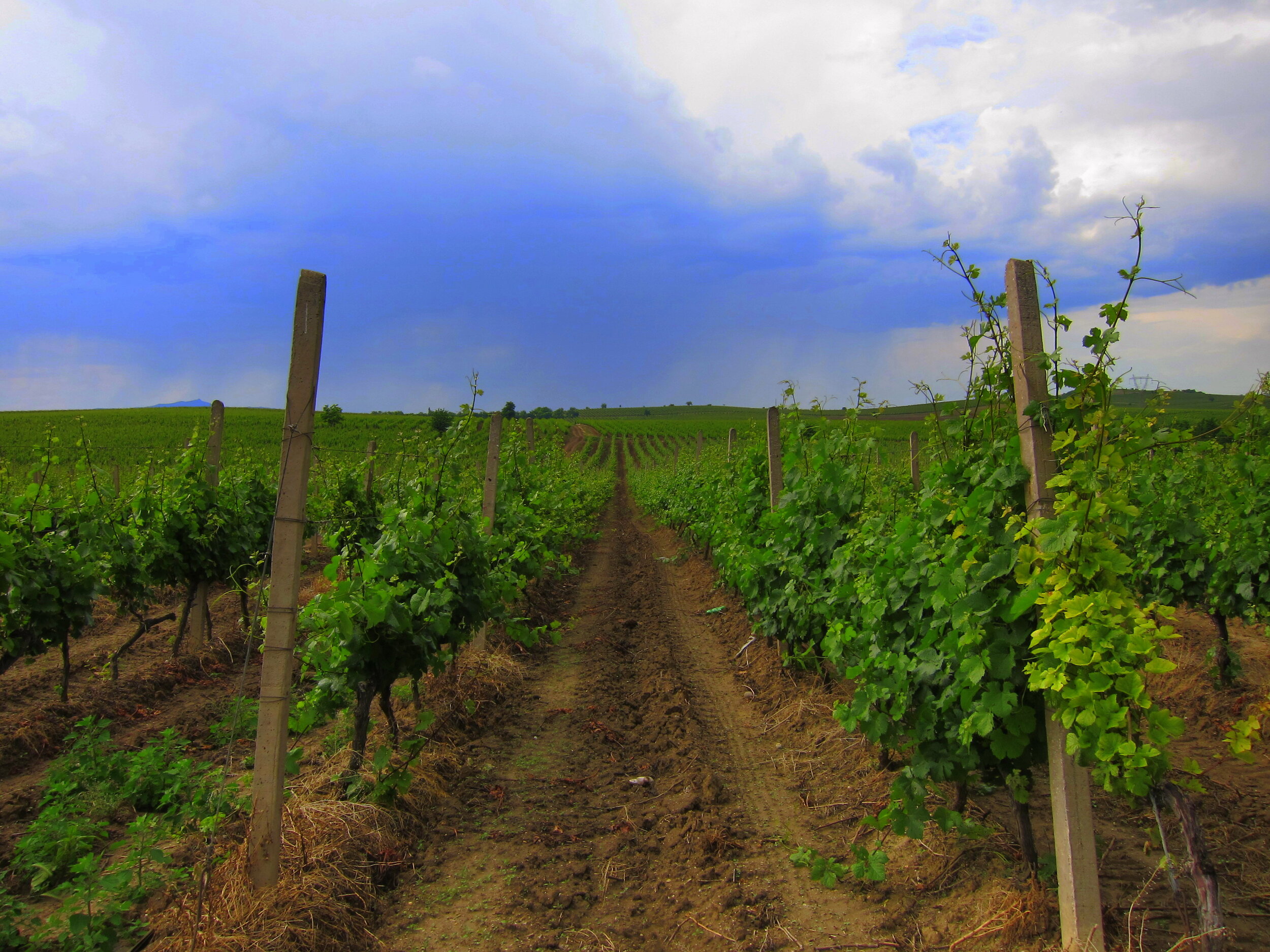





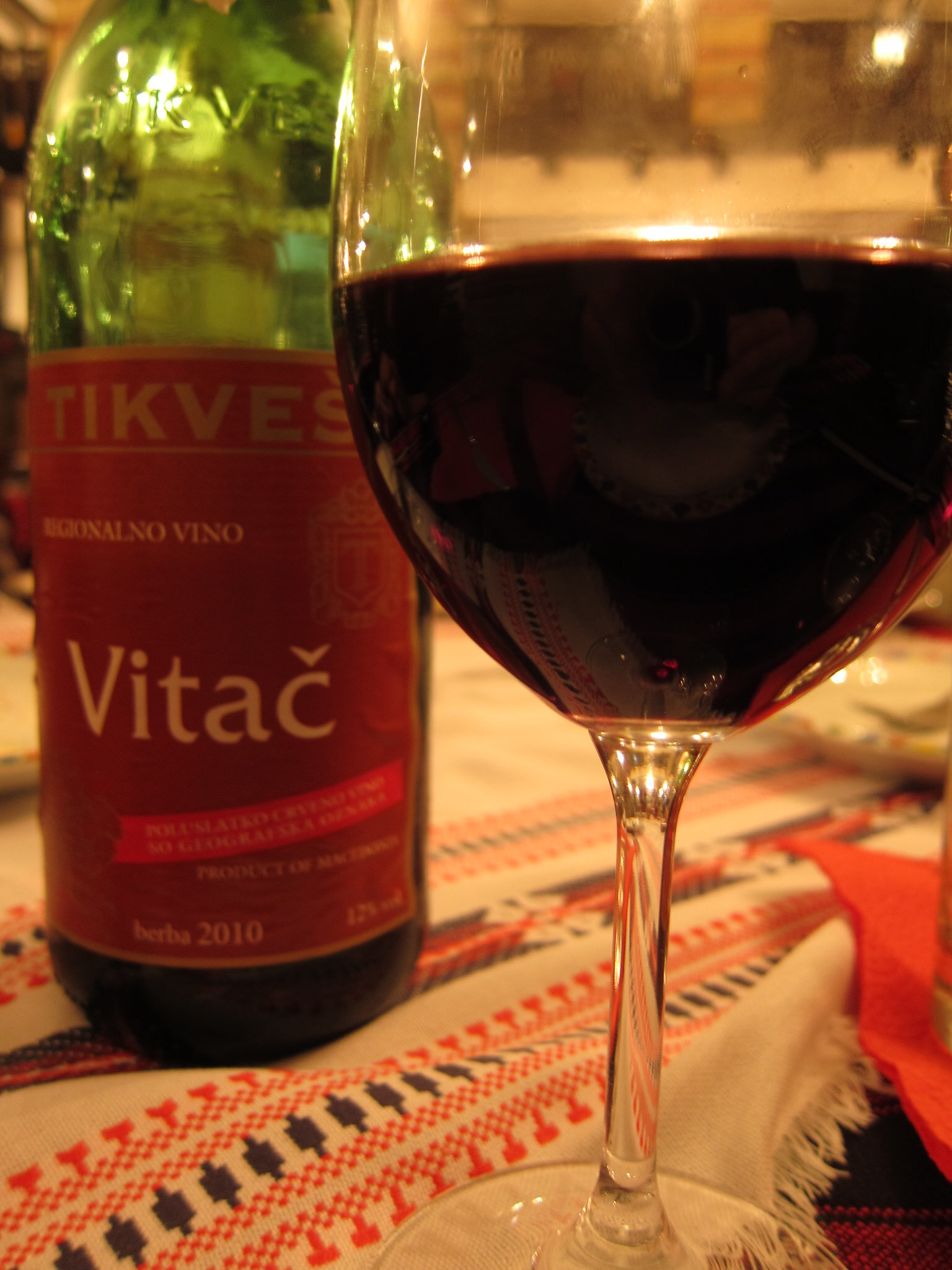












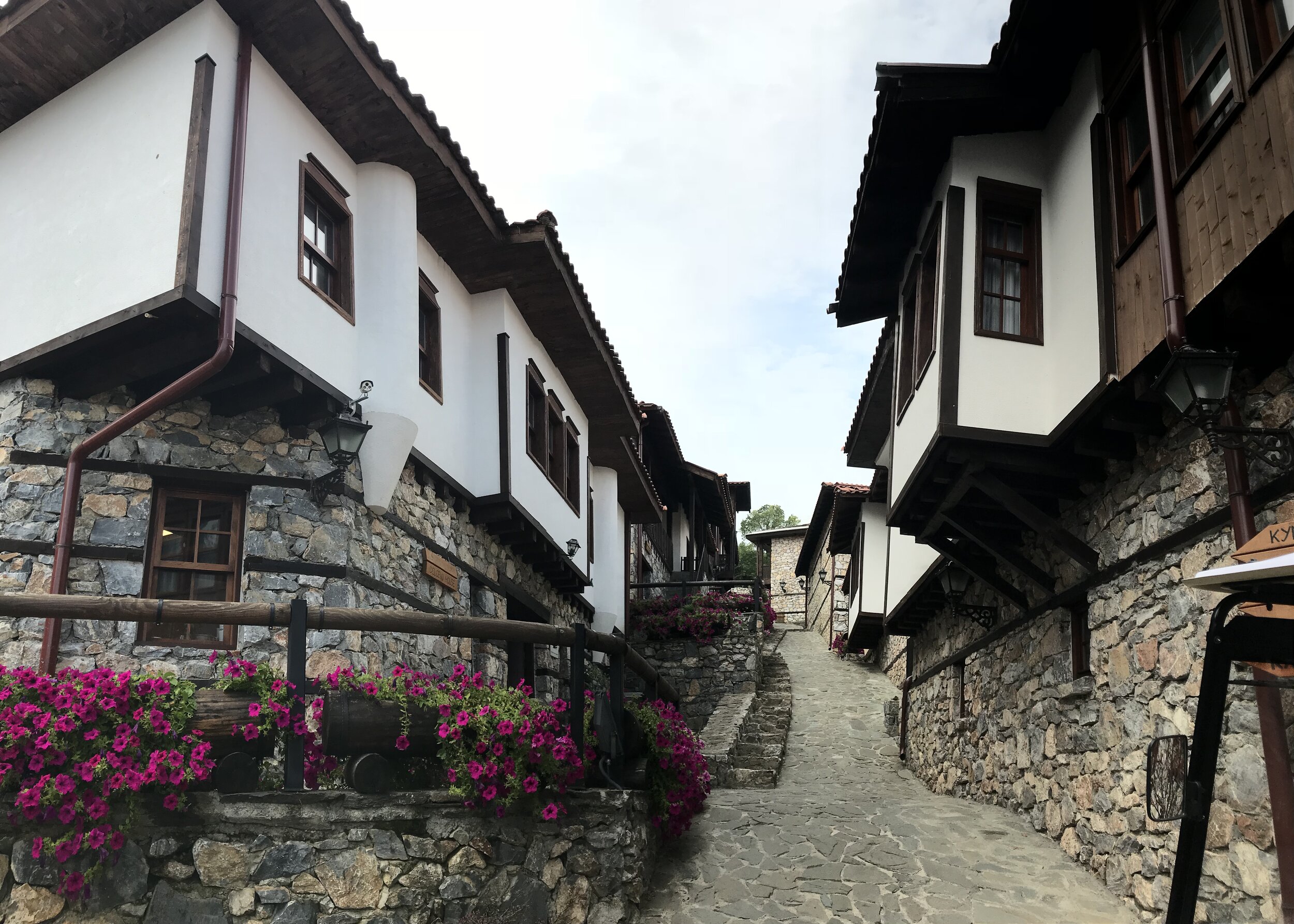






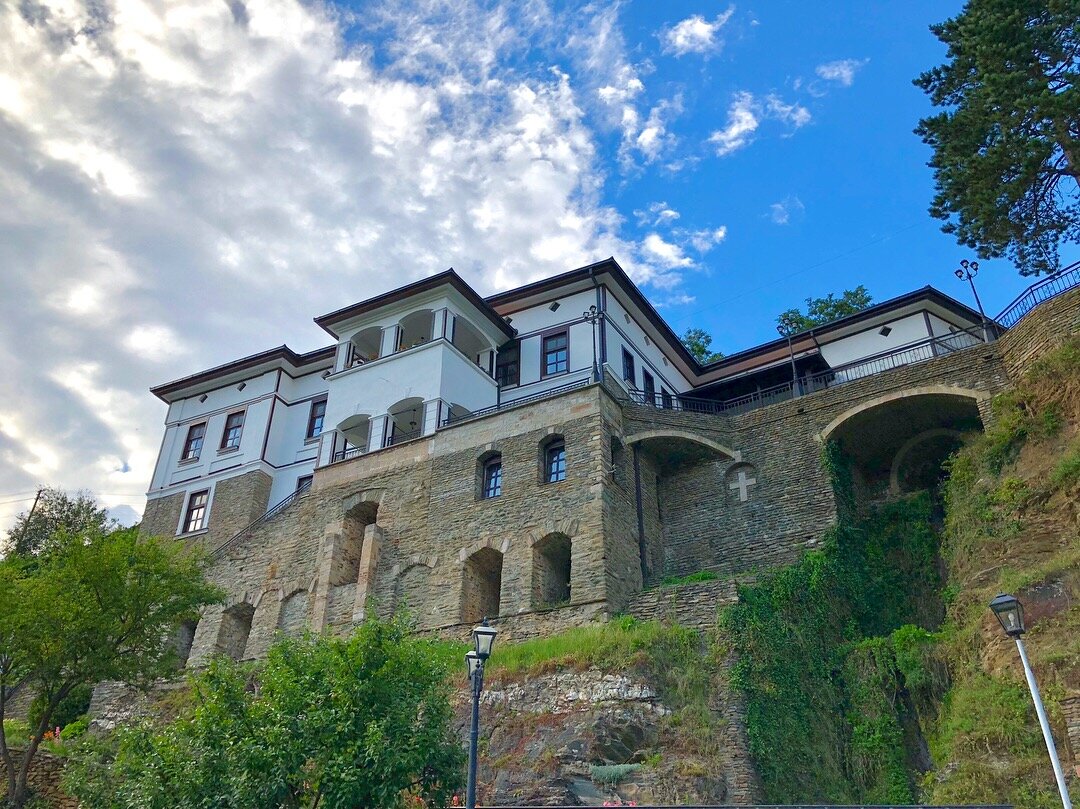


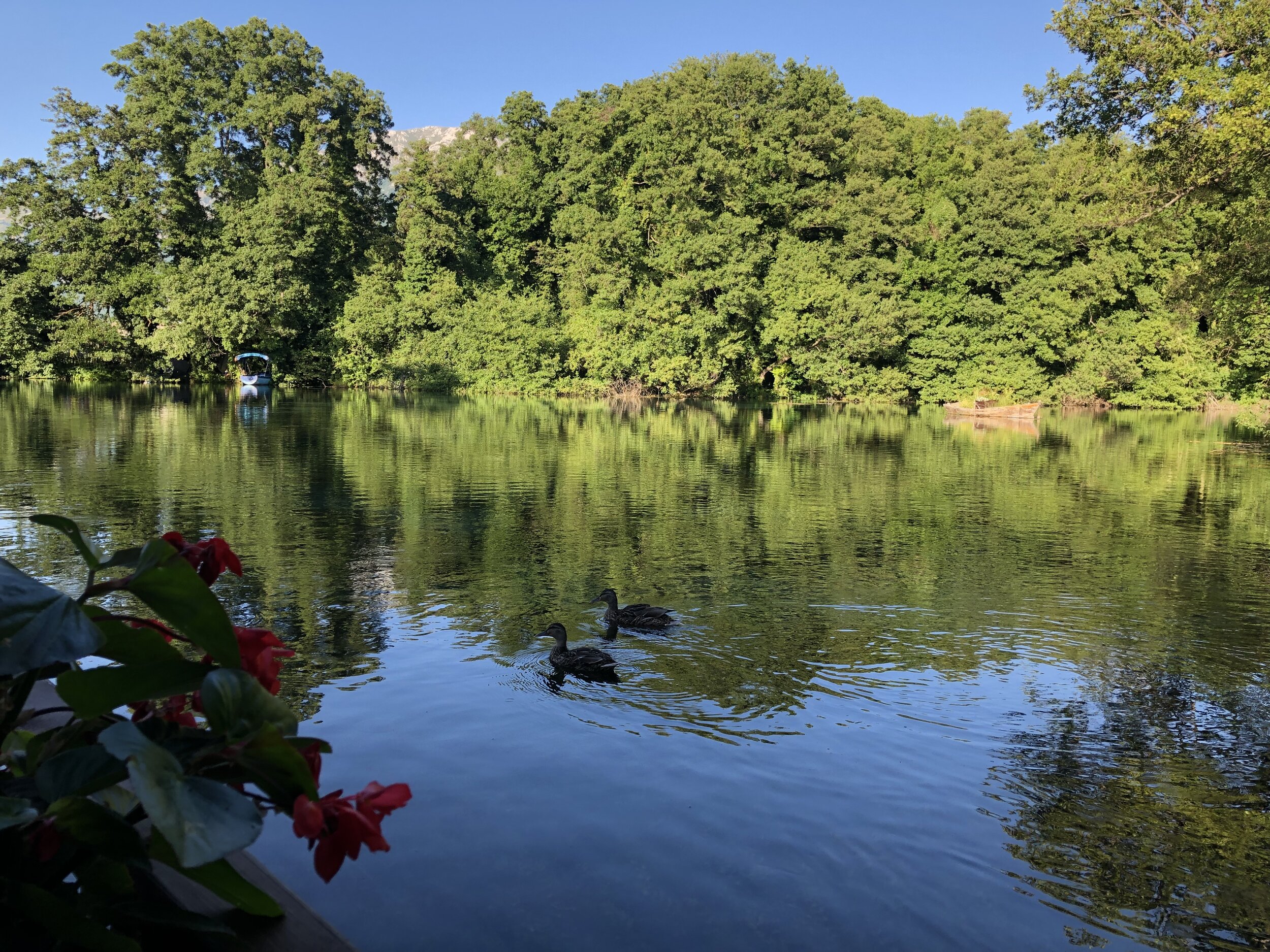
Videos from Macedonia
articles about macedonia
“As Macedonia’s capital remakes itself, their permanence is a reassuring reminder that while this country has changed hands more times than one can count, its beauty and its culture endure.” - Gems, Hidden in Plain Sight in Macedonia, New York Times (read full story here)
“To the naked eye, Lake Ohrid’s charm lies in its alluring landscape above water – but its real beauty lies beneath the surface.” - The ancient history concealed in Europe’s oldest lake, BBC's The Travel Show (watch video here)
“Deep in the Balkans, a grandiosely named nature reserve might just be the best-kept secret in Europe’s national park scene.” Macedonia’s unusual nature getaway, BBC's The Travel Show (read full story here)
“Soaring peaks, deep gorges, and waterfalls grace the country’s three lightly traveled national parks: Galicica, Mavrovo, and Pelister. Kayak the shoreline of Lake Ohrid, one of Europe’s oldest and deepest lakes, and take flight over the Pelagonia Valley from a grassy takeoff spot in Macedonia’s paragliding hub and highest town, Krusevo, elevation 4,429 feet.” - Best places to travel 2019, National Geographic (read full story here)
“The national drink is rakija—a fiery brandy that burns your throat. You might have one too many, as Macedonians seem to find many reasons to say cheers.” - Explore 10 of Macedonia's Top Natural and Historic Treasures, National Geographic (read full story here)
“…the landscapes are breathtakingly beautiful, the people are some of the world’s most welcoming, and the food is some of Europe’s most comforting. No matter where you go, every meal is made with passion and love—whether it’s at a hole-in-the-wall in the middle of Skopje or the living room of a farmer in a local village.” - Why Macedonia Is Becoming a Foodie Destination, Vogue (read full story here)
“I entered the old bazaar district, the center of life during a 500-year Ottoman rule beginning in 1392. Stone-block medieval mosques and minarets anchored flagstone streets lined with terra cotta-roofed shops selling jewelry, copper coffee sets and leather goods.” - Beyond Kitsch in Skopje, New York Times (read full story here)
“The water splashed gently beneath the planks under my feet as lanterns swayed in the breeze and the sound of music drifted from another cafe. No crowds, no pressure to leave, no shock when the friendly waiter brought my bill. Europe just doesn’t get any better than this.” - Explore caves. Scale 6th century fortress walls. Savor fresh-caught fish. The pleasures of barely discovered Macedonia, Los Angeles Times (read full story here).
“Alexander the Great, the once-king of the Kingdom of Macedonia was the world’s first conqueror, who extended an empire across Greece and Persia to India and Egypt. On an awkward note, his legacy is also claimed by Greece, which is why…” - 25 remarkable things you did not know about North Macedonia, The Telegraph (read full story here)
Explore Macedonia, Macedonia Timeless and UM Diaspora have some of the best information about all major destinations and news in Macedonia, check-out their sites!













